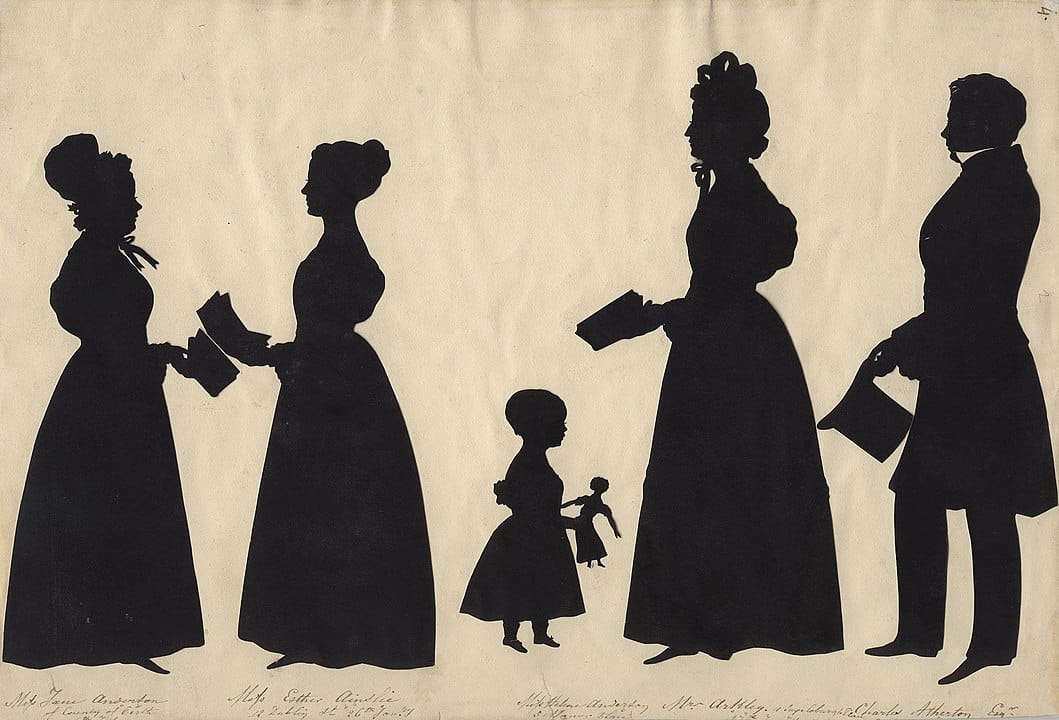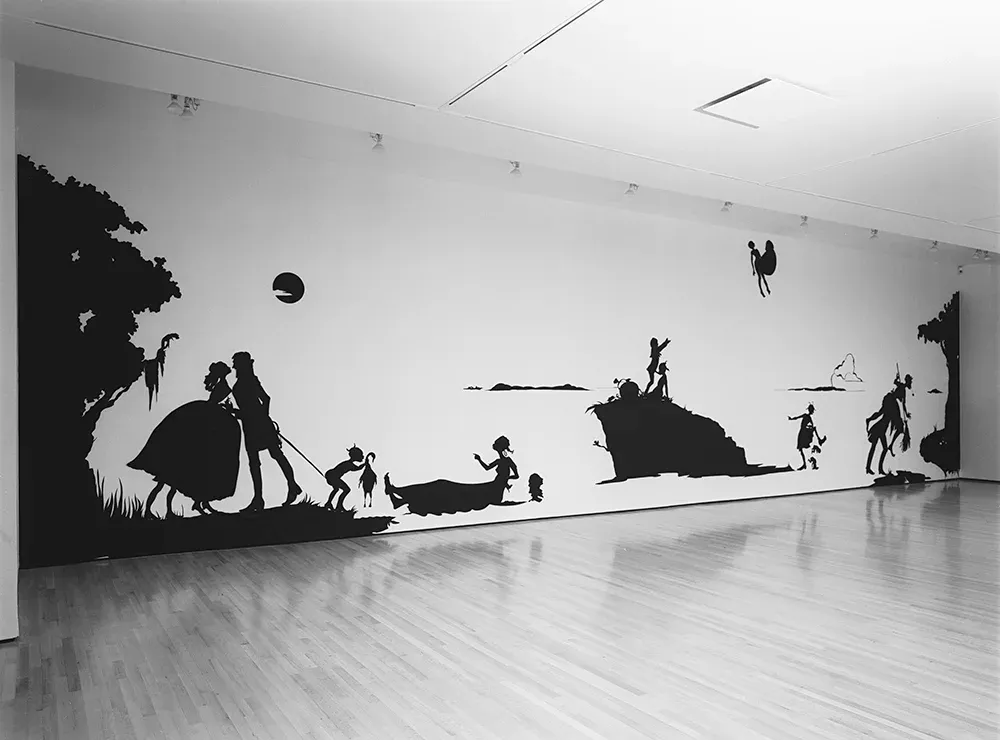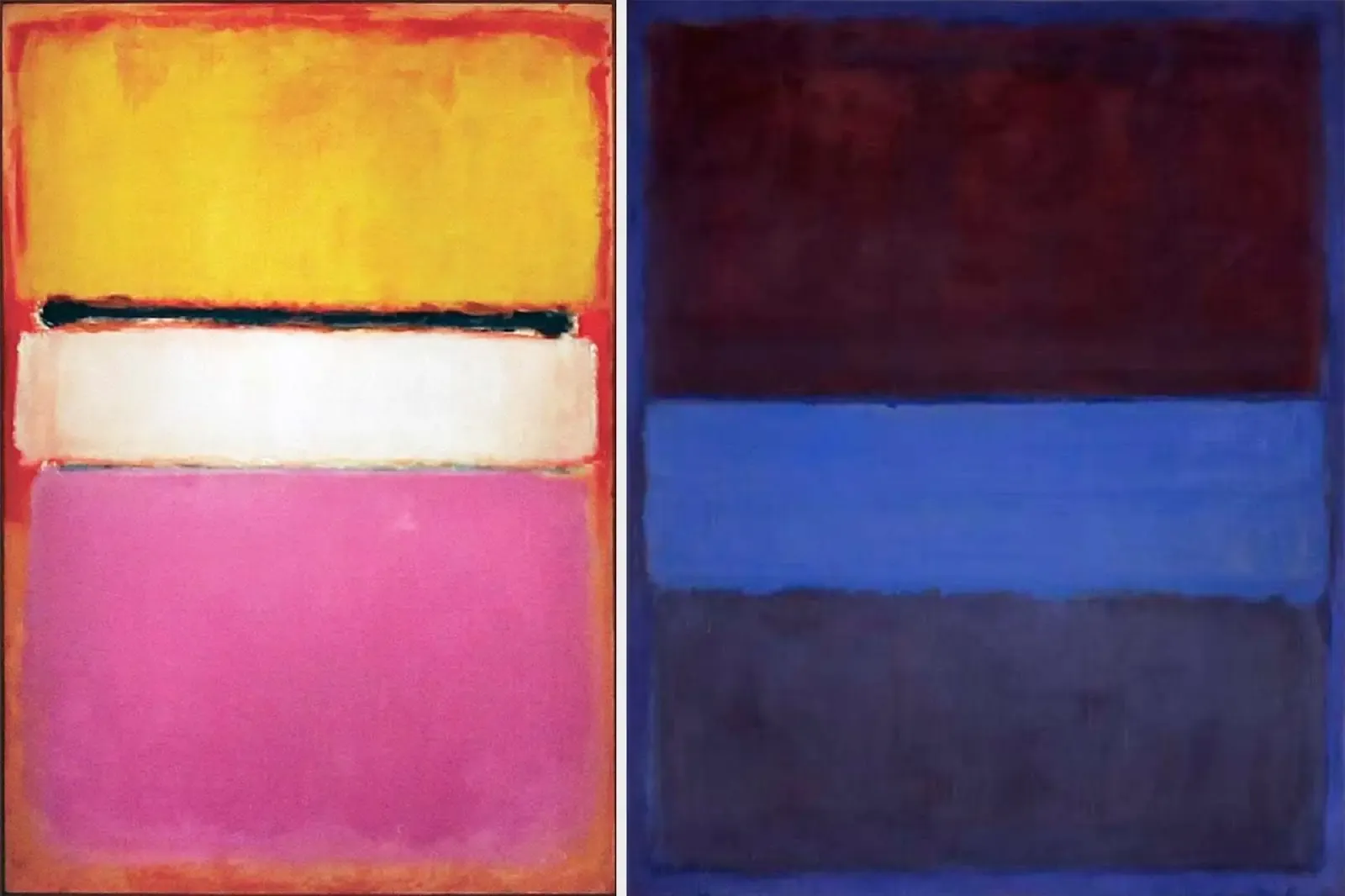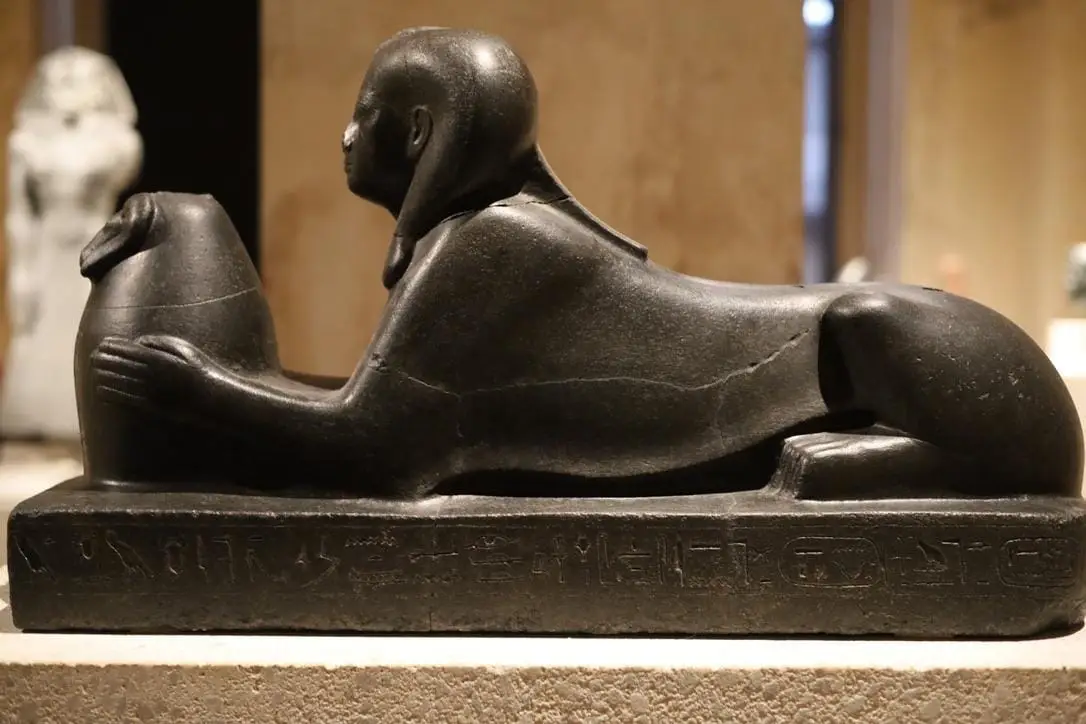Famous Silhouette Art: From 18th-Century Cut-Outs to Contemporary Icons
Explore how a simple edge of black paper grew into one of art history’s sharpest storytelling devices.
Why Silhouettes Still Captivate
Smartphones and 3-D scanners may be the tools of our time, but famous silhouette art still catches the eye-proof that not everything has to be technicolor or textured to pack an emotional punch. Equally spellbinding is famous silhouette paintings , which shows a simple outline can pose questions about who we are, who we’ve lost, and who holds the power faster than any 4K self-portrait. From flickering firelight to Kara Walker’s museum-filling tableaus, shadows have a way of making sure we remember that sometimes less is more.
Origins of the Shadow Portrait: 18th-Century Paper Cut-Outs
Before there were selfies, artists in Europe were busy cutting one another’s profiles in black paper. By 1750, traveling silhouette artists could produce “shade portraits” for the price of two rashers of bacon and a happy customer. The method took off because it was:
- Affordable – anyone could commission a keepsake.
- Portable – thin paper meant easy mailing to distant relatives.
- Flattering – profiles quietly smoothed double chins and unruly curls (the original Instagram filter).
The term “silhouette” honored-or gently mocked-Étienne de Silhouette, France’s penny-pinching finance minister who popularized cheap profile décor during his 1759 austerity drive.
Auguste Edouart & the Golden Age of Profile Cutting
Alt text: famous silhouette art Auguste Edouart couple profile cut-out 1840
Between 1826 and 1849, French-born Auguste Edouart worked in Britain and the United States, producing over 4,000 sitters from Charles Dickens to Dolly Madison. Cutting freehand in under three minutes, Edouart included props like harps, books, and dogs to add personality to his cut-outs. Browse the National Portrait Gallery’s digital scrapbook to see a Regency snapshot.

Hans Christian Andersen’s Playful Paper Stories
Denmark’s beloved storyteller relaxed between drafts by snipping whimsical silhouettes-ballerinas, mermaids, bearded kings-often gifting them to dinner hosts. One surviving piece folds open like theatre wings, revealing a paper-thin narrative worthy of The Snow Queen. The Royal Danish Library preserves dozens, proving scissors can rival a quill for world-building.
Kara Walker and the Return of Radical Silhouettes
Visitors who encountered Kara Walker’s “Gone, An Historical Romance…” when it debuted in 1994 saw an eight-foot-tall plantation scene cut in black paper. The genteel form met its antebellum subject matter with a jolt, reinventing the polite parlor craft into a gut-punch of social commentary. Walker’s later silhouettes project black profiles in lurid red and purple washes, as if the scenes she evokes are bleeding through paper. Read the curatorial notes from MoMA for a bit more context on Walker’s installations.

Silhouette Painting in Fine Art: Whistler, Homer, and Beyond
James McNeill Whistler’s Nocturnes burn the edges of their subjects into inky outlines behind London smog, while Winslow Homer’s Lifeline orchestrates a man-versus-wave rescue story in clean silhouettes. Twentieth-century modernists (like Lotte Laserstein and Kazimir Malevich) embraced and extended the silhouette technique, approaching black-paper profiles as structure, negative space, and composition. Each show us that the power of form can be its own expansion or, sometimes, contraction.
Symbolism & Meaning: Identity, Absence, and Power
Why does a blackout figure feel so personal? Three theories:
- Identity by Omission – A profile invites projection; we fill in missing features with our own memories.
- Absence as Presence – The void can signal loss, making silhouette memorials unusually poignant (see WWI “Roll of Honour” cut-outs).
- Power Dynamics – Cropping detail can dehumanize or, conversely, universalize. Walker weaponizes this ambiguity to expose racial violence.
Pull-quote: “The silhouette is both mask and mirror.” - Kara Walker (Smithsonian interview)
Collectability Today: From Antique Cameos to Contemporary Prints
The market spans:
- Georgian & Victorian cut-outs – $150–$2,500, condition dependent.
- Cameo brooches – Hard-stone carvings fetch higher prices than shell.
- Modern screen-prints – Limited editions by Walker or Barbara Kruger can reach six figures at auction.
- Digital silhouettes (NFTs) – A nascent scene where blockchain turns shadows into collectibles.
Tip for new buyers: match stylistic era to your interior, then verify provenance. Our Beginner’s Guide to Art Investment offers a step-by-step checklist.
Where to See Famous Silhouette Paintings (Museums & Online)
- Victoria & Albert Museum, London – houses Europe’s largest silhouette collection.
- National Portrait Gallery, Washington D.C. – rotating “Cut & Paste” displays.
- Smithsonian American Art Museum – Walker’s monumental installations.
- Online: Google Arts & Culture’s silhouette hub, plus the V&A’s high-res zooms.
Many institutions now allow free image downloads-perfect for study or desktop inspiration.
The Timeless Allure of Outlines
Silhouettes compress biography into a single curve. Whether fluttering on Regency wallpaper or confronting us in a dark gallery, they remind us that seeing less can mean feeling more. Ready for another leap into visual minimalism? Stroll through our Iconic Black-and-White Artworks roundup, or sharpen your eye with How to Read Modern Paintings. Shadows await.



